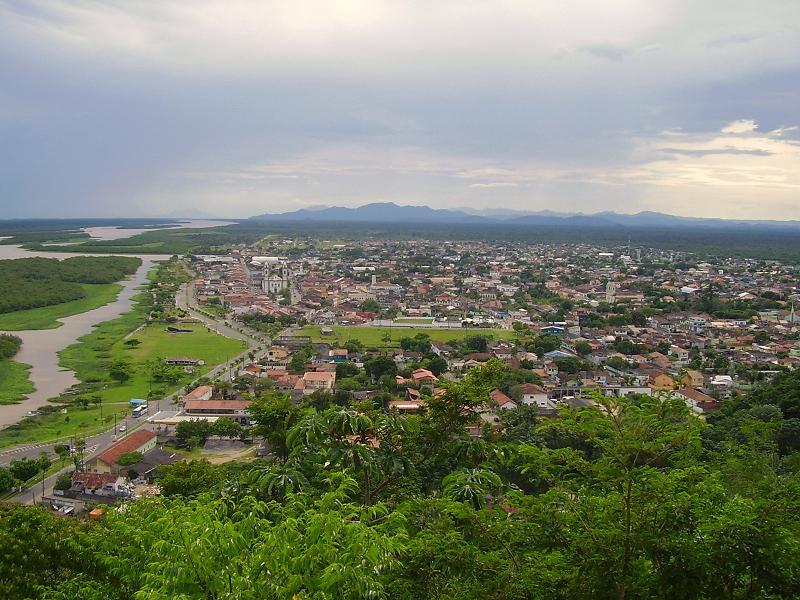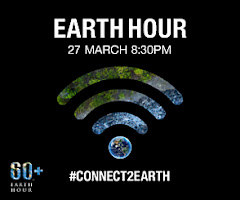2015 the International Year of Light
The
International Year of Light and Light-based technologies 2015 (IYL2015) is a
global initiative designed to highlight the key role light and optical
technologies play in our daily lives and their importance for our future and
for the sustainable development of the society we live in.
The Year was endorsed by UNESCO’s Executive Board in 2012
before being proclaimed by the United Nations General Assembly in December
2013.
Light technology has revolutionized society through its
applications in medicine, communications, entertainment and culture. Industries
based on light are major economic drivers. Without light-based technologies,
there would be no solar panels, no LED lighting, no computer monitors or
telephone screens, no cameras or projectors, no magnetic resonance imaging, nor
x-ray machines.
New products and processes are coming on the market all the
time, giving us better access to information, more reliable health care, better
ways of saving energy and new forms of entertainment.
The International Year of Light and Light-based technologies
will provide a tremendous opportunity to raise global awareness of the ways in
which light-based technologies promote sustainable development and offer
solutions to global challenges in the fields of energy, education, agriculture
and health. UNESCO and its partners will be using the Year to foster education
and training worldwide with an emphasis on Africa, in order to ensure more universal
access to these technologies.
The International Year will be marked by the commemoration
of a series of important milestones in the history of the science of light
dating back 1,000, 200, 150, 100 and 50 years:
In 2015, it will be 1000 years since Ibn al-Haytham
published his seminal work on optics, during a period of heightened creativity
and innovation known as the Islamic Golden Age. (Read the article on The
Miracle of Light);
Leaping forward to 1815, the next milestone is Augustin-Jean
Fresnel’s theory of light as a wave;
Then comes James Clerk Maxwell’s description of the
electromagnetic theory of light, in 1865;
Albert Einstein joins the Hall of Fame for his general
theory of relativity in 1916, which confirmed the centrality of light in both
space and time;
Last but not least, we shall pay tribute to Arno Penzias and
Robert Woodrow Wilson for their 1965 discovery of Cosmic Microwave Background
Radiation, an echo of the origin of the Universe which enables us to ‘map’ the
Universe as it would have appeared shortly after the Big Bang 13.7 billion
years ago, using sophisticated technologies.
The International Year of Light is being co-ordinated by
UNESCO and the African, European and American Physical Societies, with the
backing of a large consortium.
Activities
A year-long
celebration of Ibn Al-Haytham throughout 2015.




















No comments:
Post a Comment